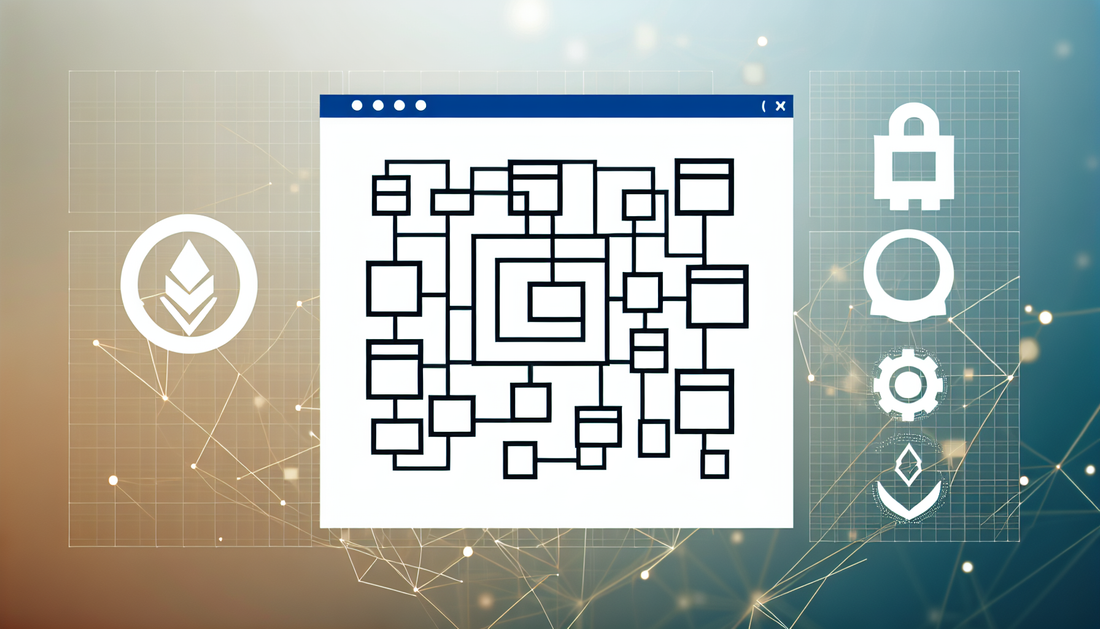
QuarkChain: Promises and Pitfalls in Blockchain Scalability
Share
QuarkChain (QKC) is a blockchain project that has aimed to address scalability issues by introducing a novel multi-layered sharding architecture. However, despite its innovative approach, the platform has faced several criticisms that have raised concerns among potential investors and technologists alike.
Scalability Claims and Practical Implementations
One of the major criticisms of QuarkChain is the gap between its theoretical claims of scalability and real-world application. The project promises high throughput using its sophisticated sharding technology. While this sounds promising, skeptics argue that the practical scalability and efficiency gains of sharding in QuarkChain have yet to be fully demonstrated and validated in larger-scale applications. Without comprehensive, long-term testing and results, some see these claims as speculative.
Centralization Concerns
QuarkChain's approach involves hierarchical sharding, which critics argue might lead to centralization risks. Although the system enables various types of nodes, the complexity of the full node requirement and the resulting concentrated control among fewer nodes may limit decentralization. This could potentially negate the fundamental principles of blockchain, steering away from decentralization, a concept found critical in many decentralized finance solutions such as [Celer Network](https://bestdapps.com/blogs/news/celer-network-unpacking-key-criticisms-and-concerns).
Complexity and Usability
Another issue lies in the complexity of QuarkChain’s architecture. The multi-layered structure necessitates a more complex protocol, which can pose challenges for developers and users attempting to interact with the network. This complexity could lead to slow adoption rates as usability decreases, requiring more sophisticated knowledge to navigate effectively. The platform's complexity becomes a barrier to entry and might deter smaller developers and projects looking for straightforward solutions.
Security Implications
Security remains a pivotal concern amidst the expanded attack surface inherent to its multi-layered approach. With multiple shards operating in parallel, the danger of cross-shard attacks becomes a real possibility. While QuarkChain employs several measures to ensure security across its network, the risk of untested vulnerabilities continues to worry users and potential stakeholders.
Market Position and Adoption
Despite its ambitious goals, QuarkChain has struggled to establish itself firmly in the competitive blockchain market. The project's adoption has been relatively slow, partly due to the aforementioned factors. The blockchain space is increasingly crowded, with numerous other projects offering scalable and more straightforward solutions, such as [NEXA](https://bestdapps.com/blogs/news/unpacking-nexa-key-criticisms-explored), which could potentially overshadow QuarkChain if it does not accelerate its adoption strategy.
As with any cryptocurrency and blockchain project, potential investors are advised to conduct thorough research and consider platforms like [Binance](https://accounts.binance.com/register?ref=35142532) for detailed insights before making investment decisions.
